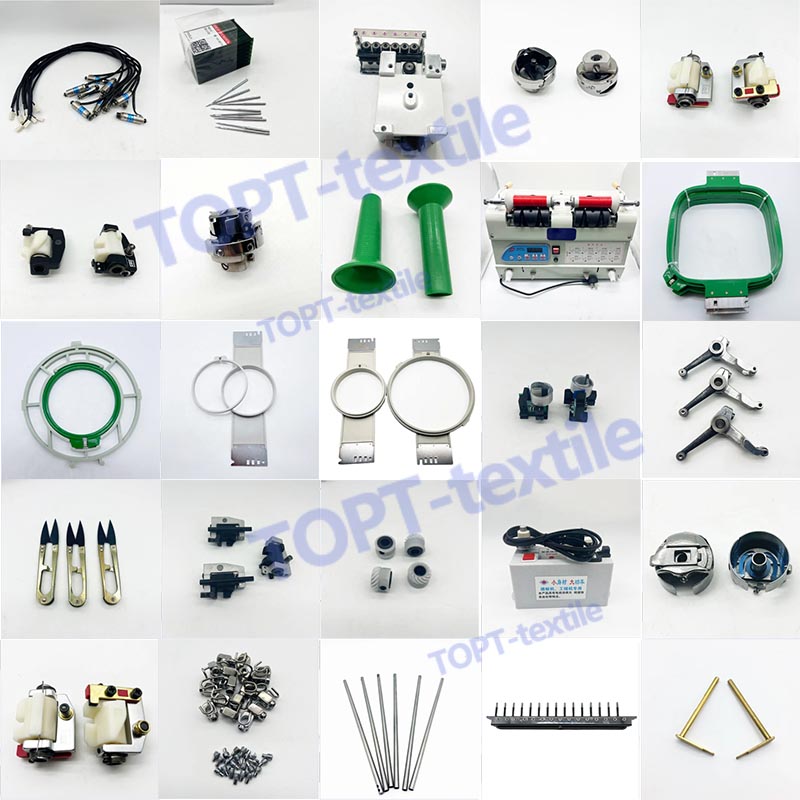4.0
ISTHE FUTURE OFDIGITAL?
Otis Robinson, industry 4.0 lead and editor, wTiN,reports on trends in digitalisation for sustainability,growing consideration for human/machine interactionand the budding but uncertain metaverse
removed from the chemical processing part ofthe supply chain.Ultimately digital technologies can supportsustainability in a time where a traditional,conservative industry must prove itscommitment to the environment.
Digitalisation in the textile, apparel and fashionindustries presents vast opportunities andas new technologies come to the fore,stakeholders throughout Asia must be aware ofhow it can positively-or sometimes, negatively-impact the supply chain. Below are some ofthe key conversations around digitalisation inthe global industry
MetaverseMeanwhile, the metaverse is a burgeoningnetwork of 3D virtual worlds focused on socialconnection-and it can reportedly generatesales and exposure for fashion brandsFashion in the metaverse is developing fast andis expected to be worth US$50bn by 2030. Thefashion metaverse has the potential to massivelybenefit both consumer interaction and brandawareness. Many big-name fashion brands havelaunched digital collections, virtual stores, digitalavatars and non-fungible tokens (NFTs) in aim otexposure to digital-native audiences.But concerns exist over intellectual propertytheft in a boundaryless virtual world, while itsimpact on the industry at large remains to bedetermined. For example, it may be too early toreliably predict the impact of the metaverse onphysical clothing sales-virtual environments areused very differently in a variety of geographiesunder myriad circumstances, meaning thefashion market may not have yet fully absorbedits singular purpose.
SustainabilityThe textile & apparel (T&A) industry is stillstruggling to break away from its conventionsofmass production and fast fashion, especiallin key textile hubs in Asia. This is particularlyempowered by digital production technologiesand systems, Yet, digitalisation also actsas a potential escape route from theseunsustainable traditions.Since the manufacturing of T&A productsprovides the largest contribution to theindustry’s carbon footprint, it is in productionthat digitalisation presents the neededopportunity to reduce consumption patternsThe use of connected machines and smartfactories allows the gathering of big data-this informed data allows goods productionto become more productive and efficientthroughout the supply chain.Elsewhere, energy management, efficiencymonitoring and predictive maintenanceopen doors for reduced energy usage, whileintelligent sensors and digital platforms canhighlight opportunities to slash water andchemical usage. Not only this, but digitalnachines themselves can replace traditionaorocesses
Our company’s new products
Post time: Mar-04-2024

